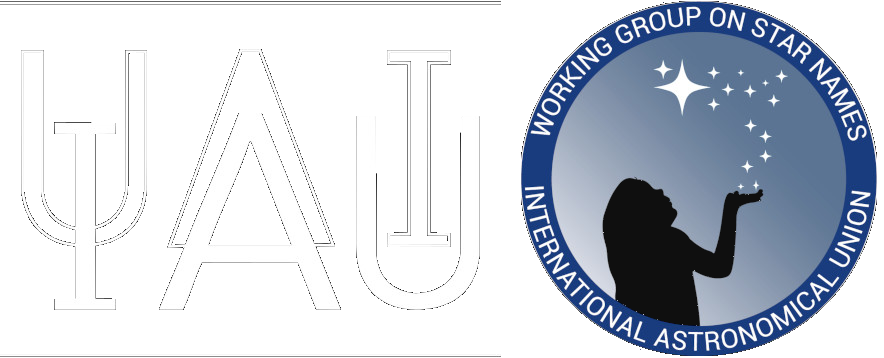Ten new star names

In a multimonths debate, the WGSN has worked out the distribution of ten more names in the northern skies. Note that it is part of the IAU-policy to increase cultural diversity and represent as many cultures as possible, so please let us know if you know more historical names: we collect them in the All Skies Encyclopaedia (ASE).
- Bodu (帛度)
- Tusizuo
- Ramus
- Deltoton (Δελτωτόν)
- Alfarasalkamil (الفرس الكامل)
- Honores
- Kaffalmusalsala (كفّ المسلسة)
- Paradys
- Rasalnaqa
- Udkadua
Bodu and Tusizuo resemble two traditional Chinese constellations within the super-constellation of the Heavenly Market, while Deltoton is the historical (perhaps most ancient) name of the constellation Triangulum known from Greek antiquity. It may surprise that ancient Greek names are also underrepresented among modern star names, as they only make up 6.1% of all official star names. What European and American amateurastronomers typically think to be Greek star lore, is in fact – in most cases – a Roman reception, rephrasing or (in case of popular Ovid) even new creation in Latin literature.
Rather tricky was the name debate in case of a faint group of stars between the stickfigures of Andromeda and Cassiopeia. WGSN found two Indigenous Arabian (pre-Islamic, pre-Almagest) constellations there: the Arabian Horse (Al-Faras) which is a complete horse and not halved like the Greek one, and the She-Camel (al-Naqa). Additionally, there was a star name in Arabic – although rarely used in popular astronomy – found since the 19th century that is actually a translation of the Greek name of “Andromeda, The Chained Maiden”: Kaffalmusalsala.
Pre-dating all Greek, Latin, Arabic and Arabian names, there is a much older Babylonian constellation in that area: the storm-demon Udkadua whose head, breast and wings are in the area of Greek cygnus, but whose heal is represented by the same group of stars that forms the head of the Arabian She-Camel.
Not knowing about all of these traditional names, 18th century astronomers in Europe – when it was a fashion to fill gaps between classical constellations with new inventions – had also created a new constellation in that area: Honores Frederici in honour of a great patron of science.
In total, WGSN has found four historical names from different cultures for a small asterism consisting of four stars. Therefore, the question about how to represent all cultures appropriately was debated in the group:
- The Babylonian constellation, Udkadua, has much brighter stars in Cygnus but they are already named. The “heel star” was very important for timekeeping (so-called “ziqpu-star”), so we decided to use the only certain identification, lambda Andromedae, for this name.
- The Arabian term for horse is already represented for the star in the navel of the Greek horse (Alpheratz) which made the Arabic Subgroup of WGSN decide for the variant “Alfarasalkamil”, “The complete horse” to make it clear that we want to honour the original Arabian culture and not a translation of someone else’s.
- The shape of the Arabian She-Camel is rather striking when you see 5mag stars under a clear dark sky – we loose this constellation in modern cities unfortunately. The Head of the Camel (Ras al Naqa) was chosen as the name for the star in the middle of the head. It demonstrates wonderfully what we loose in our so-called “civilisation”.
- It is unfortunate for the Greek culture that – once more – the Arabic translation was made a star name in early modern Europe and not the original Greek term, but “Kaffalmusalsala” represents the fusion of knowledge (independent from its cultural origin) in the Islamic period due to the hadith “seek for knowledge”.
After all this, two more early modern names for stars were adopted: “Ramus”; the branch (of golden apples) found in Bayer’s 1603 Uranometria, and “Paradys” for the main star of the constellation Apus in the southern sky, as “Paradys Voghel” (and other spelling variants) was the original name of the constellation given by the Dutch inventors in the 16th century.

Recent Comments